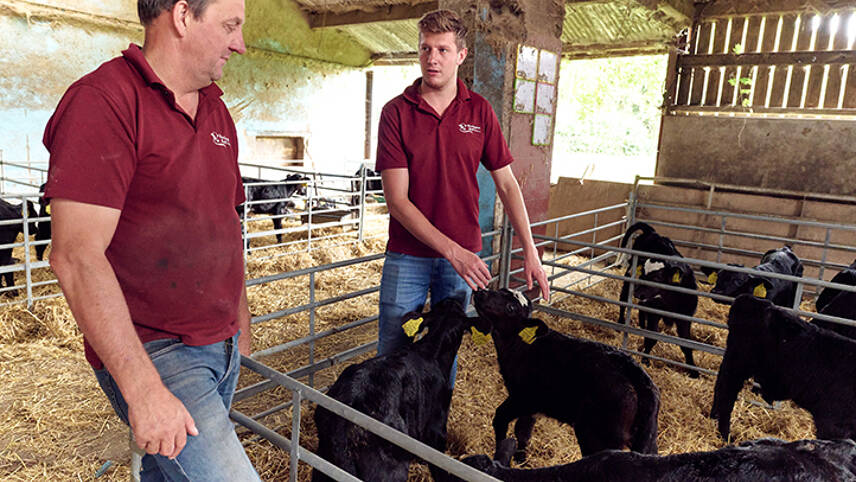This premium content is exclusive to edie Members.
To find out more about edie Membership, please click below.
If you are an existing member, login here

At a Glance
Who: Sainsbury’s
What: Low-carbon beef alternatives
Where: Sold across UK stores
Why: To reduce emissions associated with cattle and beef production
When: Rolled out on 18 September 2023
The Challenge
According to the National Food Strategy report, the carbon emissions from UK beef were 30kg Co2/kg while recent analysis from investor coalition FAIRR predicted that the twin climate and nature crises will wipe 20% off the global value of the beef industry, and 7% off the value of the dairy industry, by mid-century.
If meat and dairy is to be sustainable in the future, dietary shifts will need to move to more plant-based offerings, but that doesn’t mean that farmers can’t implement measures to reduce emissions associated with beef through more sustainable practices.
The solution
UK supermarket Sainsbury’s is working with some of its key suppliers to tweak cattle management in a way that reduces emissions from its Taste the Difference beef range.
How it works
Following a decade of development and five years of production, Sainsbury’s is launching a new Taste the Difference Aberdeen Angus range which could revolutionise how beef is produced in the UK.
Sainsbury’s has developed the range by bringing together its dairy and beef supply chains, reducing carbon through a combination of superior cattle breeding and animal management. Sainsbury’s has developed the new Taste the Difference beef range with its long-standing supplier and beef processor, ABP Food Group
Measures such as strictly monitored feed and living conditions mean that healthy calves are raised in the most efficient way possible, needing less time and energy to grow, in turn emitting fewer harmful gases.
The updated Taste the Difference range will initially feature 16 customer favourites including 12% and 5% fat mince, 30-day rib eye steak and a 30-day beef roasting joint. The beef is produced in Britain using Aberdeen Angus cattle, which allows the retailer to breed healthy, hardy animals that are naturally suited to a grass and forage diet
The new range was introduced to more than 60 stores on Monday 18 September, with a nationwide expansion to come.
The results
Sainsbury’s claims the new range will offer a 25% lower carbon footprint compared to industry standard, making it the largest low carbon beef range ever produced in the UK.
Additionally, Sainsbury’s has made sure the new process will offer benefits for farmers with fixed, forward pricing providing greater security and stability. The retailer also equips farms with advanced free-of-charge technology which generates in-depth data to help them make better farm management decisions.
Industry context
While a vital source of nutrition for many, there’s no getting away from the carbon output emitted by the dairy industry. By some estimates, it makes up around 3.5% of global carbon emissions – not far off double that of the aviation sector.
The efforts to decarbonise from this source build into Sainsbury’s overarching target to reach net-zero emissions by 2035 – this target was actually moved forward five years.
In order to promote sustainability and keep the farming supply chain resilient, Sainsbury’s had invested heavily in its farmers.
In September 2023, Sainsbury’s announced that it was investing an additional £6m annually into its dairy farmers, which will result in giving them an extra 1p per litre on top of the independently calculated Cost of Production price of milk.
It forms part of an ongoing effort to improve farmer welfare alongside sustainable agriculture initiatives. Sainsbury’s delivered an £8.9m booster payment to dairy farmers last April and adds to the £66m given in support for farmers in total across the last year.
© Faversham House Ltd 2024 edie news articles may be copied or forwarded for individual use only. No other reproduction or distribution is permitted without prior written consent.

